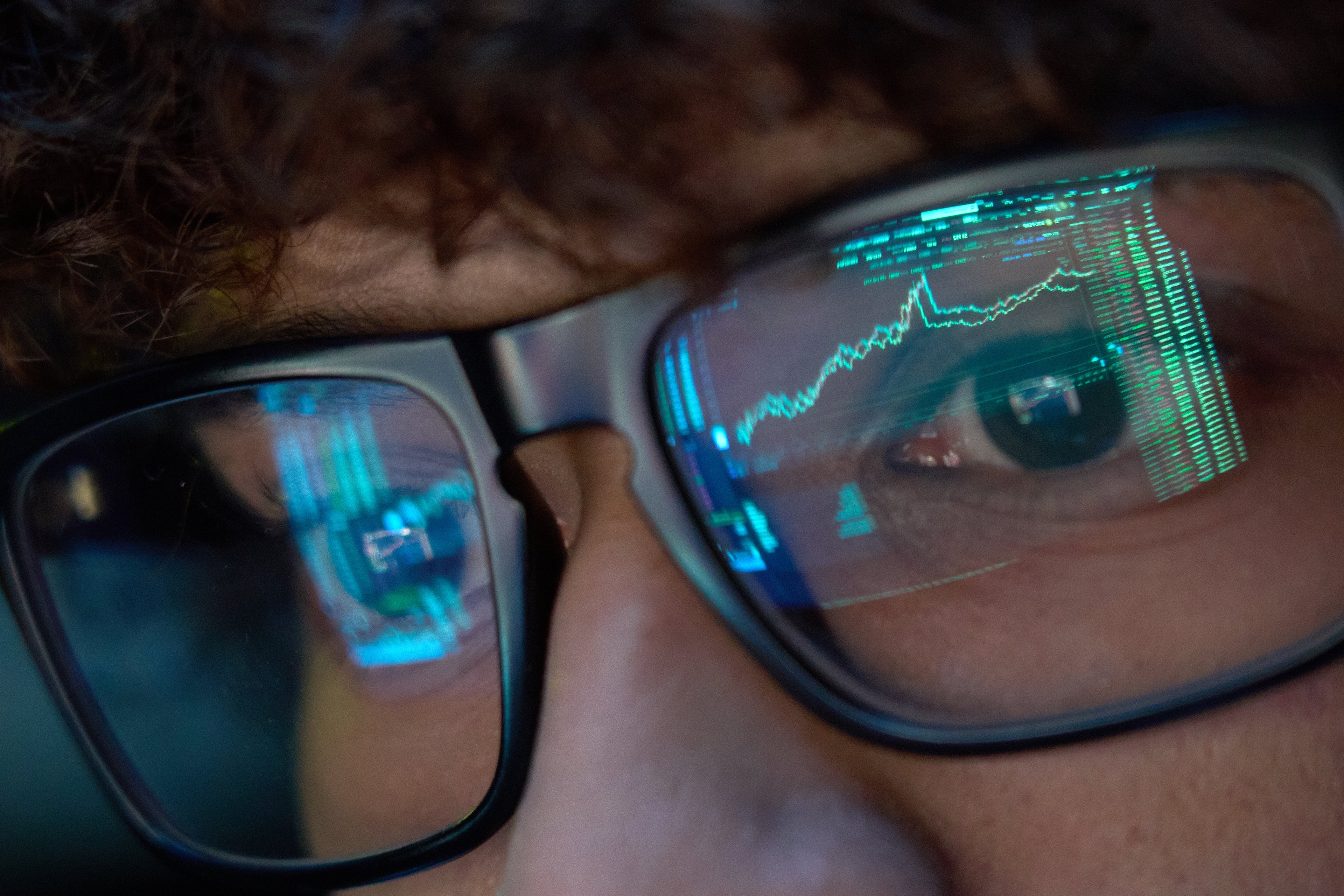The smartwatch looks like the next hot trend in consumer electronics. But if you take a look at the different varieties offered on the market right now, there's a chance that you might feel like a cyborg. Considering their square, chunky design language, these watches might also end up adding unnecessary weight to your wrist. For instance, devices from Sony (NYSE: SNE) and Samsung (NASDAQOTH: SSNLF) look like they've been inspired by the classic Casio digital watches from the 1980s.
Watches are meant to look elegant, smart, and fashionable; but these smartwatches, which are expected to be watches of the future, might not fulfill the aesthetic criteria. While they do have functionality on their side, consumers also want their watches to look good.
Enter the Moto
Motorola is looking to change all that. Earlier this year, Motorola revealed an impressive-looking smartwatch known as the Moto 360, and management is quite confident that it will take down all other smartwatches on the market right now.
Motorola executive Mark Randall said the following to TrustedReviews:
Moto 360 is a really cool device that we think solves a lot of problems that no one else has solved in the wearables space. We look at the 360 and we look at what everyone has done in that space. To be honest we think they are all pretty crappy.
A look at the Moto 360 clearly tells us why Randall used strong words for competing smartwatches. The Moto 360 is a cut above the rest in the smartwatch marketplace. Driven by Google's (GOOG +0.48%) (GOOGL +0.69%) Android Wear platform, it could turn out to be the catalyst for smartwatch sales, which haven't really taken off yet.
Besides looking good, the Moto 360 will also deliver on the functionality factor in a more intuitive way. Motorola will directly compete with both Sony and Samsung, two companies that have been selling smartwatches for quite some time now. However, both Sony's Smartwatch 2 and Samsung's Gear 2 have their limitations.
What have Samsung and Sony done?
Samsung's Gear 2 smartwatch runs on its own Tizen operating system. The South Korean giant has jumped ship from Android, which its previous Galaxy Gear smartwatch was based on. Moreover, the Gear 2 is only compatible with Samsung devices and its usability isn't great even though the watch is equipped with a host of features. The Gear 2 was described in the following CNET review.
[H]ere's what you get: a camera, voice recording and control, health tracking, a TV remote, music playback, a built-in speakerphone, and some pretty deep notification and message settings. I used all of these features, but not all of them ended up feeling essential. And, the more of them I used, the more I felt like a chicken pecking and swiping around on a screen on my wrist, instead of using the Gear 2 for what it really should be: a simple one-glance substitute for staring and pecking and swiping at my phone.
Sony's smartwatch isn't very impressive either. It involves an intricate setup process -- having to download an app from the Play Store on your smartphone and pair the app with the device before you can begin to use it -- that isn't very smooth, as certain tech sites would lead you to believe. . In addition, the functionality of Sony's smartwatch is also limited.
Considering the Smartwatch 2 was Sony's second attempt in the wearables industry, the company didn't make any revolutionary changes. In fact, Sony only made incremental changes, such as upgrading the design. And like the Gear 2, the Smartwatch 2 also operates on its own OS.
Why the Moto 360 looks impressive
Motorola is looking to change all this with the Moto 360. Since the watch is based on Google's Android Wear, there will be a level of familiarity with the device. For example, you can speak to it due to the Google Now function. Also, just like Google Now, the Moto 360 will show things that interest you and the important information you need at a glance.
Next, whenever you glance at your wrist, you will be greeted with the time. In other smartwatches, the time isn't displayed in such an intuitive manner if you're using another app. Also, the Moto 360 doesn't have a charging outlet. This indicates that the device will be charged wirelessly, absolving consumers of the hassle of having to connect it to a USB portal. The Moto 360 can also be worn on both hands, and it adjusts its orientation accordingly.
Given such comparisons, it's clear why Randall made such a strong-worded statement regarding other smartwatches on the market. Motorola is looking to revolutionalize this space with the Moto 360, and what we know about the watch so far is impressive. It looks like a premium watch that doesn't make you look geeky, and seems to have better functionality than its peers.
Of course, we don't know about pricing yet. Given Motorola's aggressive pricing history, as we've seen with smartphones, the Moto 360 should be priced competitively. The Samsung Galaxy Gear 2 sells for $299, while the Sony Smartwatch 2 starts at around $200. If the Moto 360 manages to hit the mid-point of these two devices in terms of pricing, it should be successful since it's most likely to score higher in functionality and appearance.
Final words
More details about the Moto 360 will emerge when the device is launched. However, Google and Motorola look like the strongest players in the smartwatch segment as of now. Going forward, a certain iWatch from Apple might add more fuel to the Google versus Apple war.








